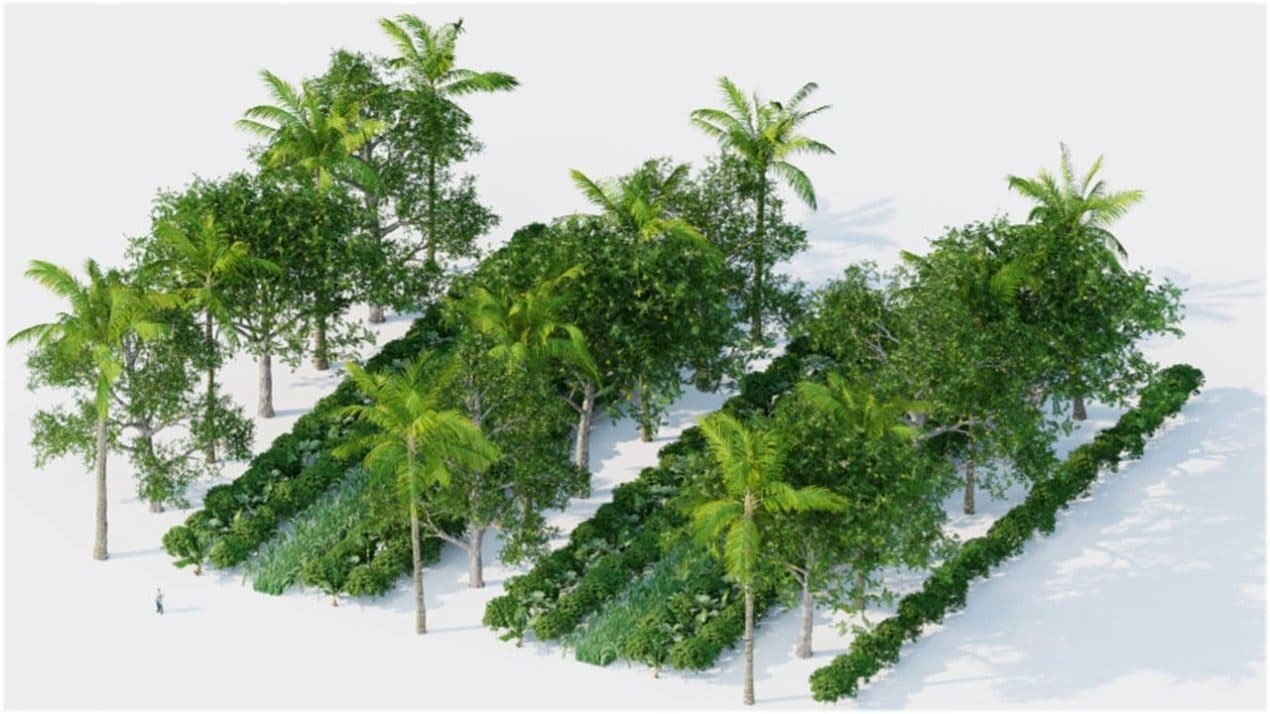A government agency in the GCC wanted to look into a solution for the ever depleting agricultural land. The mandate included an analysis of the current problems, research of potential solutions, a plan to engage local investors, developers as well as the young generation into the food production sector.
The GCC imports 50% to 80% of its food. Also, Food prices are subject to high volatility due to international economic and political factors. Therefore, long-term rates will continue to rise.
GCC population is growing at a 3.5% rate, much higher than the international standard. On the contrary, food production is growing at a negative rate. Net food imports will increase across all countries. Harsh climate, hot weather, and limited fertile land will only increase the difficulties to boost production levels.
The design uses a combination of passive control systems and revolutionary natural solutions. Also, power consumption is less than 30% of competitive solutions. The farms will offer production throughout the year.
Smaller scale field tests showed high success rates. Further analysis suggested an initial development phase at 40,000 square meters. Then, to expand it to 40,000,000 square meters. Also, investors will enjoy a plug and play farming solutions.
By the same token, the research suggested the most sought after locations. Currently, an international group of designers and agro specialists in several fields are finalizing designs for the first commercial project.
Freshwater is very scarce in the GCC. The underground water table is depleting quickly due to past domestic and farming use. Accordingly, most GCC countries will be out of freshwater by 2030, making desalination the only source of water.
The specially designed farms include a combination of vegetable, fruit, and meat production systems. The Farms will maintain a maximum air temperature of 34 degrees Celsius and a water temperature of 24 degrees Celsius extending the productive season by 45-60 days. Further, the system is 70% more efficient in water consumption in comparison to current alternatives.
In conclusion, a strategic land acquisition strategy and joint venture structure model ensured the highest possible IRR. The project generates a 37%+ IRR.
